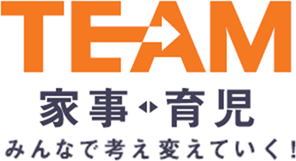Table of Contents
- Parenting cartoon: “Let’s spend money thoughtfully.”
- Even children are curious! Let’s think about “money” as parents and children!
Parenting cartoon: “Let’s spend money thoughtfully.”
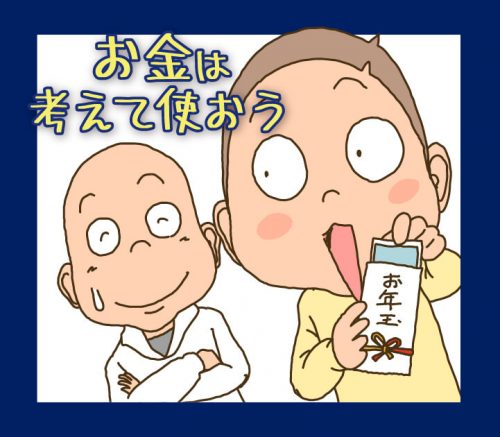
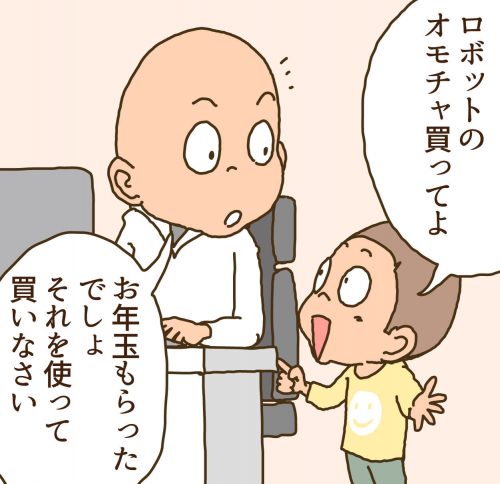
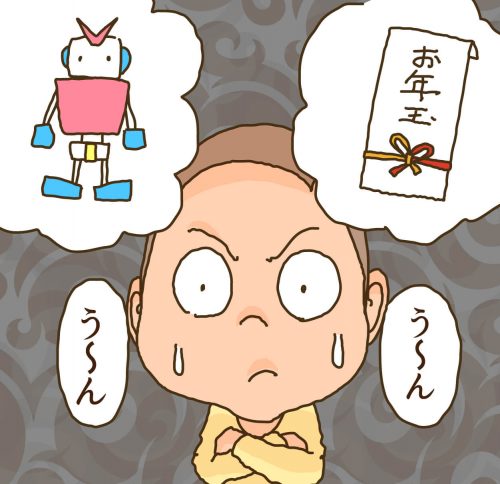
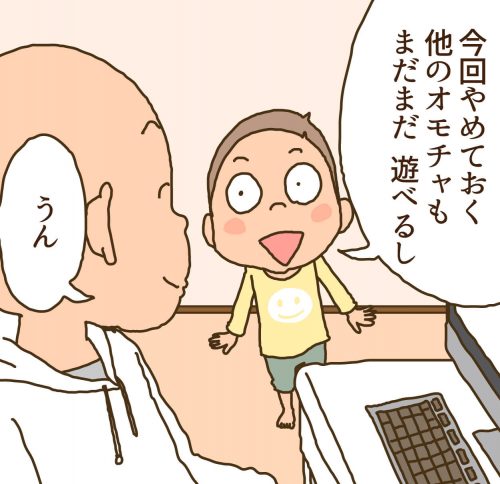
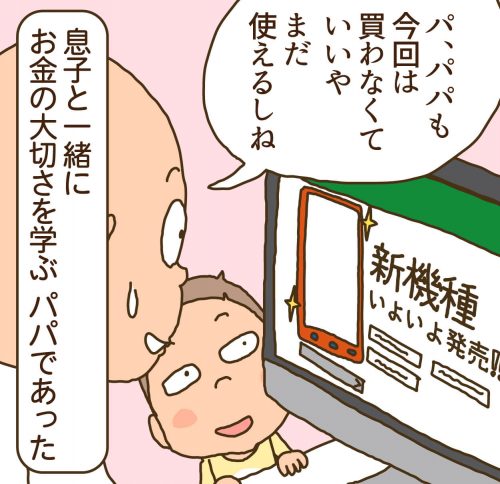

Profile
A1
After working for a design company in Tokyo, he became a freelance illustrator. He is a hard-working father who produces animation, manga, and illustrations, including winning the Yubari International Fantastic Film Festival’s International Short Film Showcase Division Excellence in Animation Award.
Even children are curious! Let’s think about “money” as parents and children!
Money is essential for life. Many parents may think that it is too early to teach their children about money.
However, as online shopping and cashless payments become more widespread and children have fewer opportunities to see and touch cash, there is an even greater need to teach children the importance of money.
There must be some feelings that can be conveyed only to those parents who work hard for their families and work hard to make ends meet!
So this time,
Here are some know-how that will help children think about the value of money and objects in their daily lives and how to learn while having fun through play.
Think about money with your children.
We interviewed Ms. Yoko Yagi, a financial planner who conveys the importance of learning proper financial sense and knowledge from childhood and teaches parents and children about money and social systems from various perspectives.
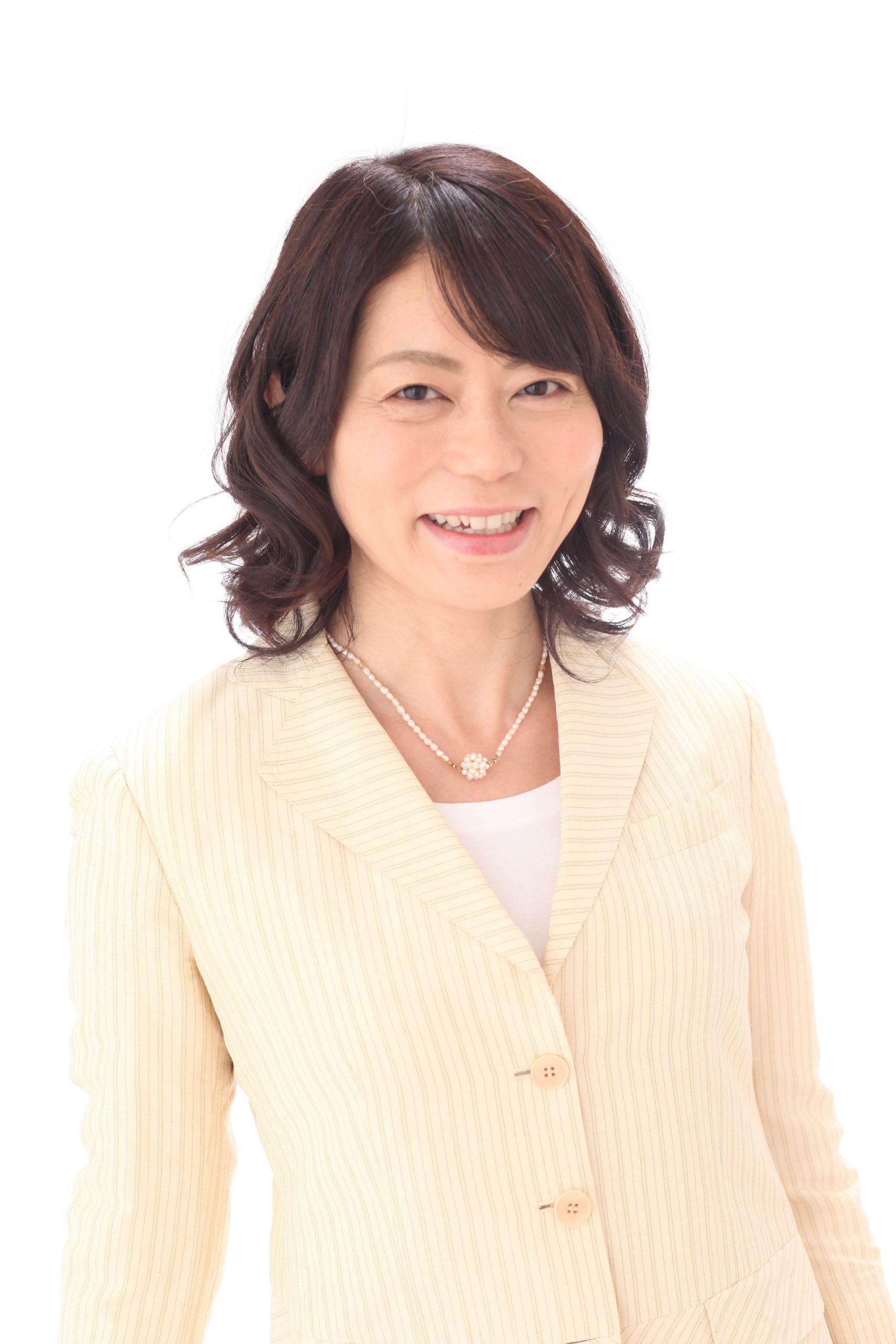
The Importance of Money Consciously Conveyed in an Age of Convenience
In order to lead a prosperous life in the age of 100 years of life, it is important to “deal with money” by earning, investing, and managing expenses for a long time. In order to properly manage and invest money in the future, it is necessary to realize the importance of money from childhood, and to cultivate proper money usage and financial sense.
However, with the proliferation of online shopping and cashless shopping, there are fewer opportunities for parents to hold, pay, and receive cash, making it harder for children to realize that money moves in front of them. Some children think that online shopping allows them to buy things without spending money. Another aspect of IC cards is that it is difficult for them to feel the value of money. We often hear that IC cards charged with 1,000 yen are easy to lose, whereas 1,000 yen bills are not to be dropped.
As we move into a more convenient society, learning about money is becoming more and more important. With this in mind, parents should be conscious of teaching the value of money and the value of things by telling them why money is available and why we pay for things.
Get a sense of money through everyday conversation!
Money sense is an opportunity to be acquired in the communication of daily life. In each situation, such as when shopping, we tell them that there is a limit to the amount of money they can spend. When shopping at the supermarket, tell them why they cannot buy as many sweets as they want, such as, “If you buy too many sweets, you will run out of money for dinner, so you can only buy one.” If you tell them why they cannot buy as many things as they want, they will understand the value of money and the need to be patient.
Also, when shopping, whether online or offline, let’s talk about money in our daily lives by looking at the price of an item and asking, “Why is this item more expensive than this item?” This is a good way to introduce the topic of money into your daily life.
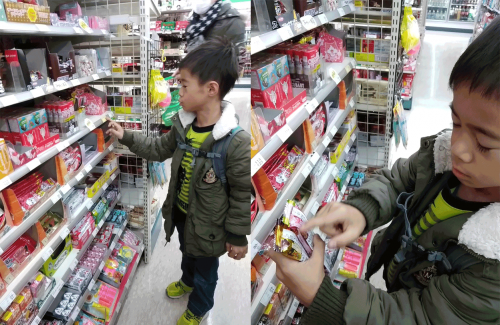
If I buy an eraser with my allowance, will I use it carefully?
One question I am often asked is about how to give allowance or New Year’s gifts. While there are many different ways of thinking about this depending on the family, I believe it is important to give an appropriate amount of money according to the age of the child and to let the child think about the limit of what he or she can spend. The situation of “if I spend 100 yen today, I won’t be able to buy anything tomorrow” will help children develop the ability to think about how they spend their money and what they really need.
In another case, a child who frequently loses things has been introduced to an allowance system and given the opportunity to purchase and manage his/her own stationery, which has helped the child to stop losing things. In this way, allowing children to buy things they will use on their own will encourage them to use things carefully. Please discuss this with your children and consider how to give them money and how much money is appropriate for each family.
Let’s learn the importance of money through play.
The importance of money can be effectively taught through fun and enjoyment through play. For example, if you talk about the movement of money a little more in depth during the “playtime” you usually have, you can think about money in a playful way.
Prepare toy bills and coins, and parents can pretend to be a florist or a cake shop owner, handing over the goods and receiving money in exchange. This allows the child to grasp the feeling of having received an object in exchange for money. Conversely, children can learn that by playing shopkeeper, they received money for selling things.
Tell them, “This is how Mom and Dad usually work so we can have money.” Or, “How can we sell our products in order to get money?” and think about it together.

The story of money is also a story of a way of life. How do you want your customers to say thank you? How do you want to help people? “My mom was so happy when I sold her flowers!” How do you make people happy? By creating such conversations and situations, you will have an opportunity to think about your way of life and values through money!
The Central Committee for Financial Services and Public Information has published a financial literacy map on its website, https://www.shiruporuto.jp/public/document/container/literacy/. The map shows the minimum level of financial literacy that each age group should acquire. The Central Council for Financial Services Information publishes a map of financial literacy by age group through a website called KnowPort ().
While using these tools as a reference to teach your children about the importance of money, please also take time to think about your family’s money plan once again.

Money is essential for life, so we should think about it with the whole family.
This is a good opportunity for couples to practice communication using money as a starting point, such as discussing how to give allowance to their children or teaching children the importance of money through shopping games.

